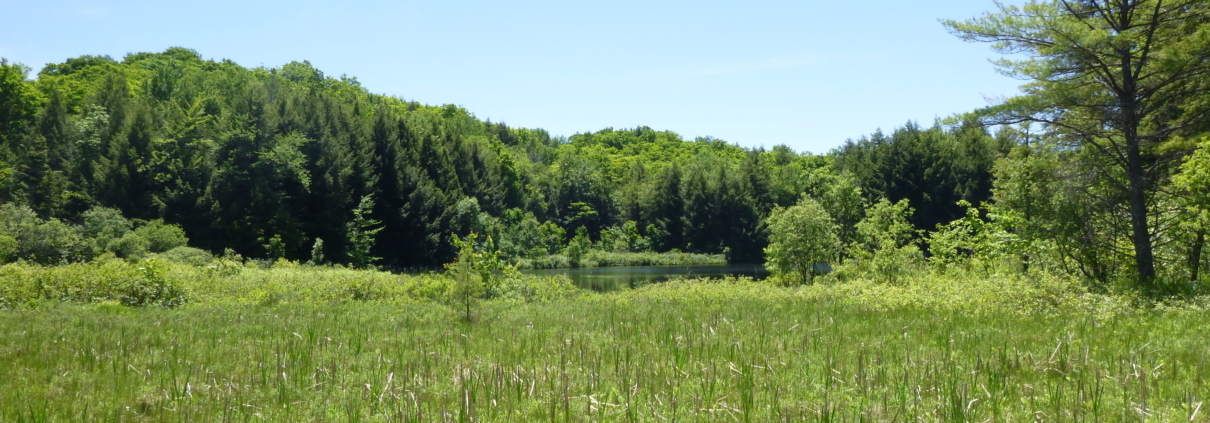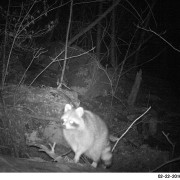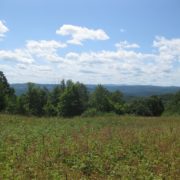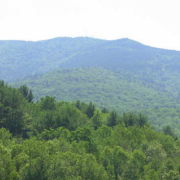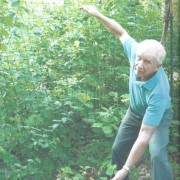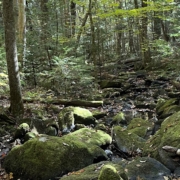American Wetlands Month: Spotlighting Upper Valley Fens
Have you been following our American Wetlands Month posts? Over the last three weeks, we’ve spotlighted marshes, swamps, and bogs in the Upper Valley and explored why these ecosystems are so important to our region’s health.
This week, we’re wrapping things up with a final, less-familiar type of wetland: fens.
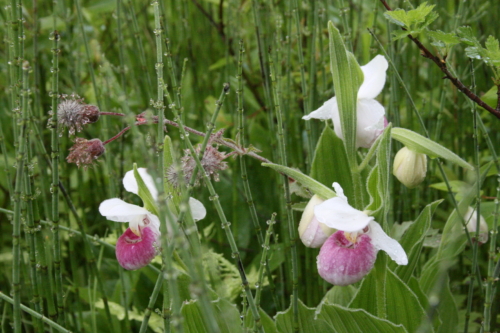
Showy Lady’s Slippers in My Walden
What Is a Fen?
Similar to bogs, fens are a type of peatland, characterized by the accumulation of partially decayed plant matter (mostly sphagnum moss) known as peat. In the United States, fens are primarily found in New England, the Great Lakes, and the Rocky Mountains.
Unlike bogs, which receive most of their water from precipitation, fens are fed by moving water from streams or upslope groundwater. This flow of water and nutrients means that fens can be much more hospitable than bogs, though they vary significantly. So-called “poor fens” are quite acidic and therefore draw similar species to bogs, while “rich fens,” which draw water through calcium-rich bedrock and are therefore less acidic and more nutrient-dense can support a far wider variety of plant and animal life. “Intermediate fens” fall somewhere in the middle.
Why Fens Matter
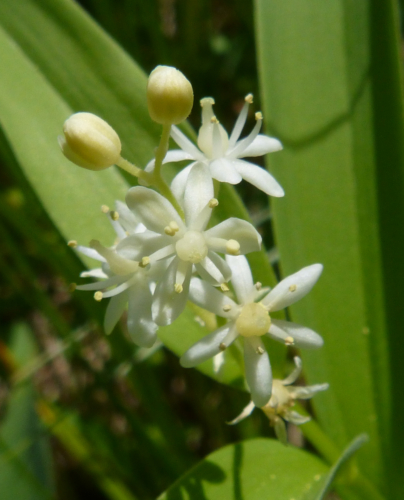
Fens play a crucial role in maintaining ecological balance. Like other peatlands, they act as carbon sinks, storing vast amounts of carbon that would otherwise contribute to climate change. They also filter water, improve water quality, and help regulate water flow. And of course, they are home to many highly specialized species.
The dominant plant types in fens are sedges and shrubs, as well as grasses, rushes, and wildflowers. Sometimes, they grow in clear ridges running perpendicular to the flow of groundwater from higher ground. New England fens are home to a wide range of bird species, including Lincoln’s sparrow, common yellowthroat, Nashville warbler, and Wilson’s snipe, as well as butterflies, dragonflies, salamanders, frogs, and more.
Despite their importance, fens are often overlooked and undervalued. In the past, they were frequently drained for agriculture or peat harvesting. Today, they face threats from development, pollution, and climate change. It can take ten thousand years for a fen to form, meaning that the loss of even small amounts of fen acreage will have impacts for many generations.
Upper Valley Fens
One exemplary fen in the Upper Valley can be found in My Walden, a parcel of privately owned land conserved by the UVLT a quarter century ago and located in Sharon, Vermont. The ¾ acre wetland is home to a diverse array of plant life, including the rare moss Paludella squarrosa and the lovely Showy Lady’s Slipper.
In addition to the fen, the property boasts some beautiful waterfalls, a small pond and stunning long-range views towards Mt. Ascutney and Killington. Head out for a walk on its network of well-maintained trails this summer, and keep your eyes open for dragonflies, unusual flowers, and much more! MId-to-late June is the best viewing time for the Showy Lady’s Slippers.

